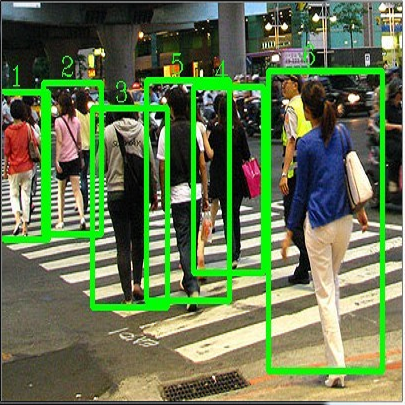Currently, existing salient object detection methods based on convolutional neural networks commonly resort to constructing discriminative networks to aggregate high level and low level features. However, contextual information is always not fully and reasonably utilized, which usually causes either the absence of useful features or contamination of redundant features. To address these issues, we propose a novel ladder context correlation complementary network (LC3Net) in this paper, which is equipped with three crucial components. At the beginning, we propose a filterable convolution block (FCB) to assist the automatic collection of information on the diversity of initial features, and it is simple yet practical. Besides, we propose a dense cross module (DCM) to facilitate the intimate aggregation of different levels of features by validly integrating semantic information and detailed information of both adjacent and non-adjacent layers. Furthermore, we propose a bidirectional compression decoder (BCD) to help the progressive shrinkage of multi-scale features from coarse to fine by leveraging multiple pairs of alternating top-down and bottom-up feature interaction flows. Extensive experiments demonstrate the superiority of our method against 16 state-of-the-art methods.
翻译:目前,基于共生神经网络的现有显著物体探测方法通常采用建立歧视性网络,以汇总高水平和低水平特征,但背景信息总是没有得到充分和合理利用,通常造成缺乏有用特征或冗余特征的污染。为解决这些问题,我们提议本文件建立一个新的梯子背景相关互补网络(LC3Net),该网络配备三个关键组成部分。一开始,我们提议一个可过滤的共生区块(FCB),以协助自动收集关于初始特征多样性的信息,它既简单又实用。此外,我们提议一个密集的交叉模块(DCM),通过有效整合语义信息和邻近和非相邻层的详细信息,促进不同层面特征的亲密融合。此外,我们提议建立一个双向压缩解密器(LC3Net),以帮助通过利用交替自上而自下和自下而上而上地特征互动的多对双对组合,逐步缩小多级特征。我们的方法优于16个州的方法。





